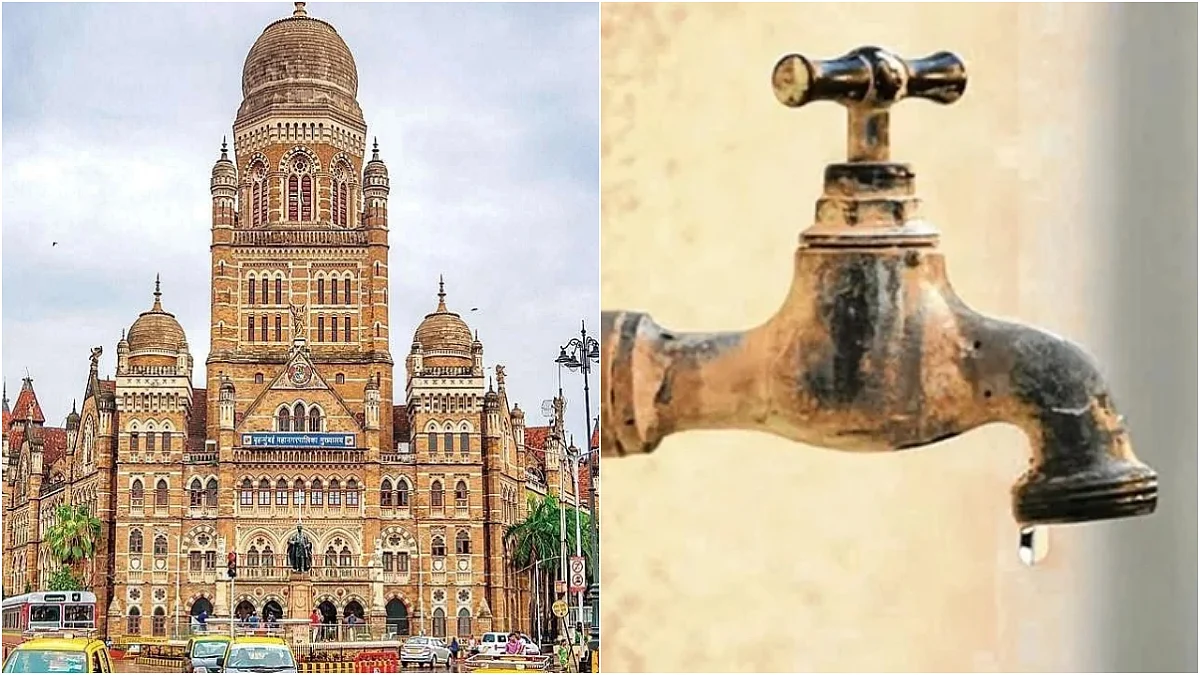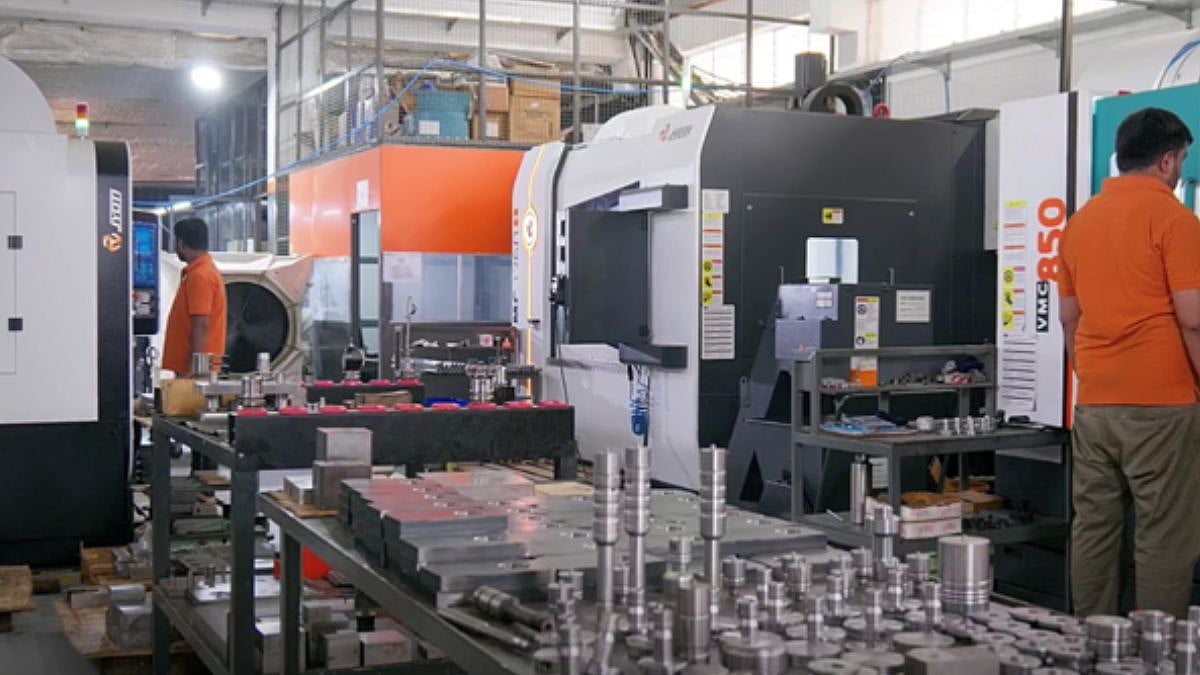Delhi 19th November 2025: Driven by solar capacity expansion, rising EV production and modular infrastructure demand, manufacturers are increasingly adopting sheet-metal cold roll forming to achieve uniform tolerances, high structural strength and reduced fabrication waste. The forming process enables high-volume output suitable for both domestic manufacturers and export-grade component supply.
Sheet-metal cold roll forming enables continuous high-speed shaping of sheet metal coils into long-length, dimensionally stable profiles with enhanced mechanical strength. Unlike stamping or fabrication-heavy bending and welding, roll forming improves structural integrity through cold working, while significantly reducing scrap and rework. The process supports scalable production and consistent tolerances required for industrial and global OEM applications.
Industry assessments indicate that demand for sheet-metal cold roll-formed components will continue rising as sectors shift toward lighter, stronger and modular assembly-driven manufacturing. According to recent sector analyses, global adoption of sheet-metal cold roll-formed profiles is projected to grow at 7–8% CAGR through 2030, driven by renewable energy expansion, EV manufacturing and infrastructure modernization.
“India is entering a phase where precision, reliability and scale in component manufacturing are no longer differentiators but fundamental expectations. Sheet-metal cold roll forming allows us to meet these requirements consistently across renewable energy, mobility, construction equipment, elevator systems, HVAC and industrial machinery,” said Dhirendra Sankhla, Director – Mother India Forming, India’s leading and Bengaluru-based manufacturer specializing in precision-engineered roll-formed components. “At Mother India Forming, our focus is to deliver uniform, high-strength profiles at high-volume output, enabling OEMs and project integrators to build faster, safer and more efficiently. Our customers expect repeatability within microns and zero rework — and we deliver consistently.”
“Sustainability is inherent in sheet-metal cold-roll forming: higher coil utilization, reduced welding and fewer process stages mean lower waste and lower energy consumption”, Sankhla added.
In renewable energy, continuous expansion is driving demand for mounting structures, C/Z purlins, torque tubes and cable trays — all requiring long-span straightness and precise section geometry.
In electric mobility, rising adoption of lightweight vehicle platforms has increased usage of roll-formed reinforcement beams, enclosure support members and safety channels due to their strength-to-weight efficiency.
Construction equipment, elevator systems and industrial machinery manufacturers are also expanding use of roll-formed profiles for machine frames, guide rails, mezzanine and warehouse structures to enable faster assembly and standardized deployment.
The scope of Sheet-metal cold roll forming precision components would continue to grow keeping in view that India added 12.4 GW of new solar capacity during April–September 2025 (H1 FY 2025-26), according to MNRE and CEA data. EV sales crossed 1.1 million units in the first six months of FY 2025-26, per industry estimates, reflecting sustained growth. India’s engineering goods exports stood at USD 59.4 billion during April–September 2025, indicating strong global demand for precision-engineered metal components.
As India advances manufacturing competitiveness under Make in India and Atmanirbhar Bharat, sheet-metal cold roll forming is likely to see wider adoption for precision components across supply chains, supporting both domestic production and global export requirements.









